Couturier Yves Saint Laurent was bullied as a child, moved to Paris at the age of 17, became the head designer for the House of Dior at 21, and accumulated a net worth of $500 million through his namesake label before his death in 2008
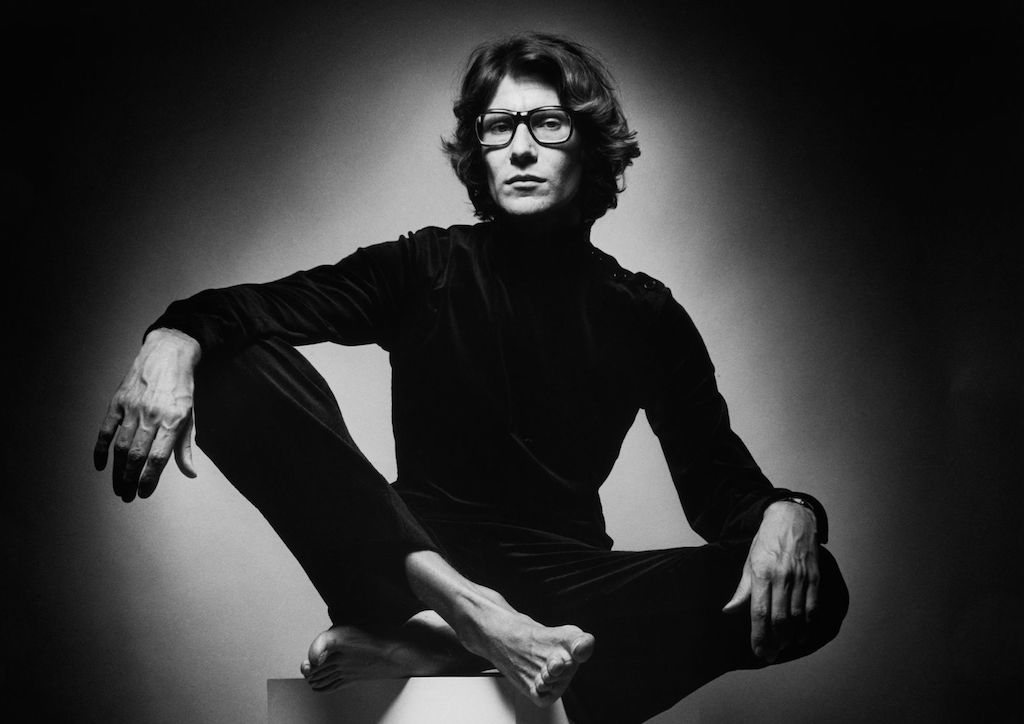
Yves Henri Donat Matthieu-Saint-Laurent grew up on a villa by French Algeria’s Mediterranean Coast. The eldest of three children, he was the only son of Charles Mathieu-Saint-Laurent, a successful cinema owner and insurance broker, and his wife, Lucienne Andrée. Although the future fashion designer’s life was seemingly picture perfect, living in a sundrenched home by the sea, Saint Laurent had a difficult childhood. He identified as a homosexual and was bullied every day by school mates. The lonely child found solace in crafting intricate paper dolls in interesting outfits, showing an early eye and interest in design. When his mother noticed, she encouraged him. By the time he was in his teenage years, he was designing dresses for the women in the family, and would never stop from that point onward.
RELATED READS: Have You Heard of Edith Head, the Costume Designer with 8 Oscars?
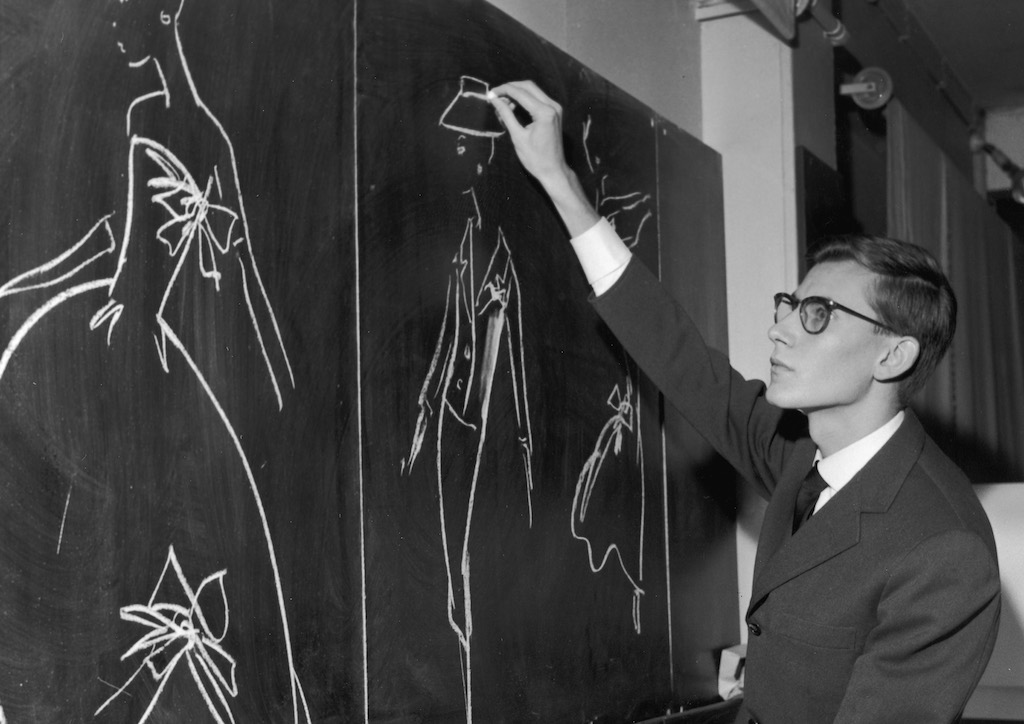
A Brush with Vogue
In 1953, Saint Laurent’s mother arranged for her son to meet her friend, French Vogue editor Michel De Brunhoff. Saint Laurent traveled to Paris to meet Brunhoff, who was instantly impressed by his sketch work. He suggested that he move to Paris and begin a career as a fashion designer. By this time, the city was already the beating heart of the fashion industry. Couturiers like Christian Dior and Hubert de Givenchy were making waves in their maisons. Saint Laurent took his advice, returned home to Oran, and packed his bags for the big move. He was only 17 years old.
Upon his return to Paris, he enrolled into the Chambre Syndicale de la Haute Couture, to learn more about his craft. After graduating, he submitted three of his designers into a competition by the International Wool Secretariat and won. De Brunhoff, who was watching his “wonder child discovery” closely, decided to introduce Saint Laurent to Christian Dior in 1957. He thought the young designer would be a perfect fit to work at the House of Dior. Impressed by the sketches he had seen, Dior immediately hired him, giving Saint Laurent his first big break in the fashion industry.
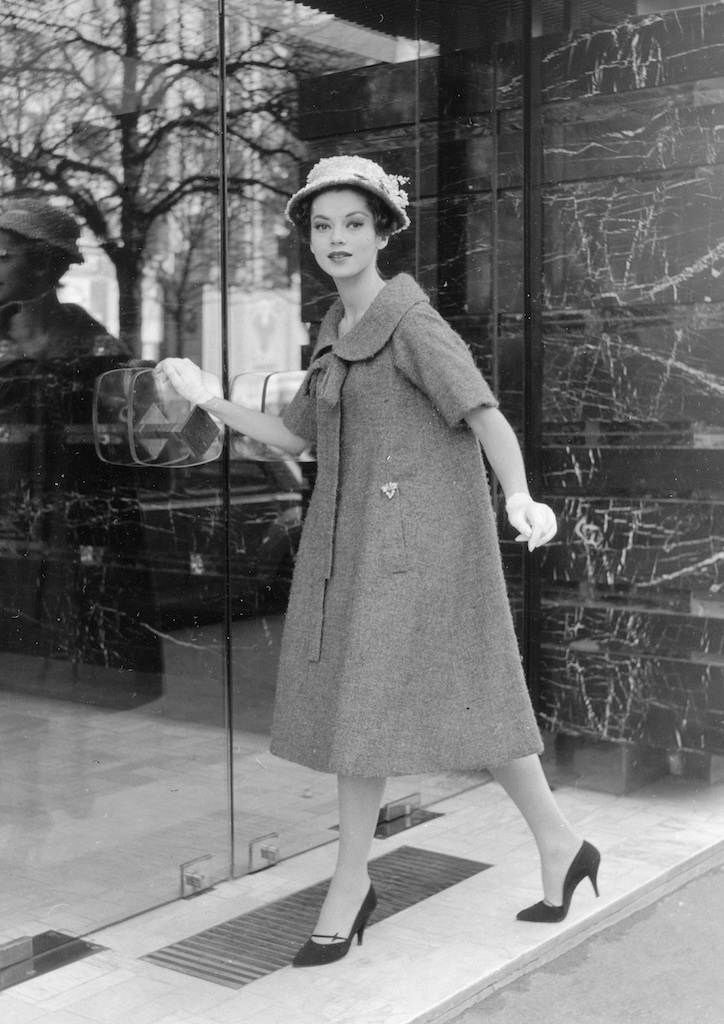
Dior’s Protégé
During Saint Laurent’s early years at the House of Dior, he was tasked to do mundane things. Just like any employee, he started from the bottom. He had shifts cleaning out the work rooms and fulfilling sewing tasks given to him by the master couturier. However, just like his star performance at fashion school, the young designer continued to work hard and shined at the workplace. He continuously submitted his sketches to Dior for consideration, hoping he would include it in his couture collections. As the years went by, Dior accepted more and more of Sant Laurent’s designers, until many of the looks in the show were undoubtedly his. Dior was silently training him to perfect his craft.
“Monsieur Dior fascinated me. I couldn’t speak in front of him. He taught me the basis of my art. Whatever was to happen next, I never forgot the years I spent at his side,” Saint Laurent was reported to have said. Under Dior’s mentorship, young Yves Henri Donat Matthieu-Saint-Laurent’s name spread throughout Paris as fashion’s new golden boy. He then decided to shorten his name to simply “Saint Laurent” for easy recall.
It was a surprise to the Saint Laurent family when Christian Dior called for a meeting to tell them that his 21-year-old employee would succeed him as the head designer of the House of Dior. They were dumbfounded by the announcement, considering Dior’s age at the time. He was only 52 and was seemingly healthy. Later that year, Dior would die of a heart attack while in Italy. As promised, Saint Laurent was handed the keys to the kingdom.
RELATED READS: The Rise and Fall of a Man Named Halston
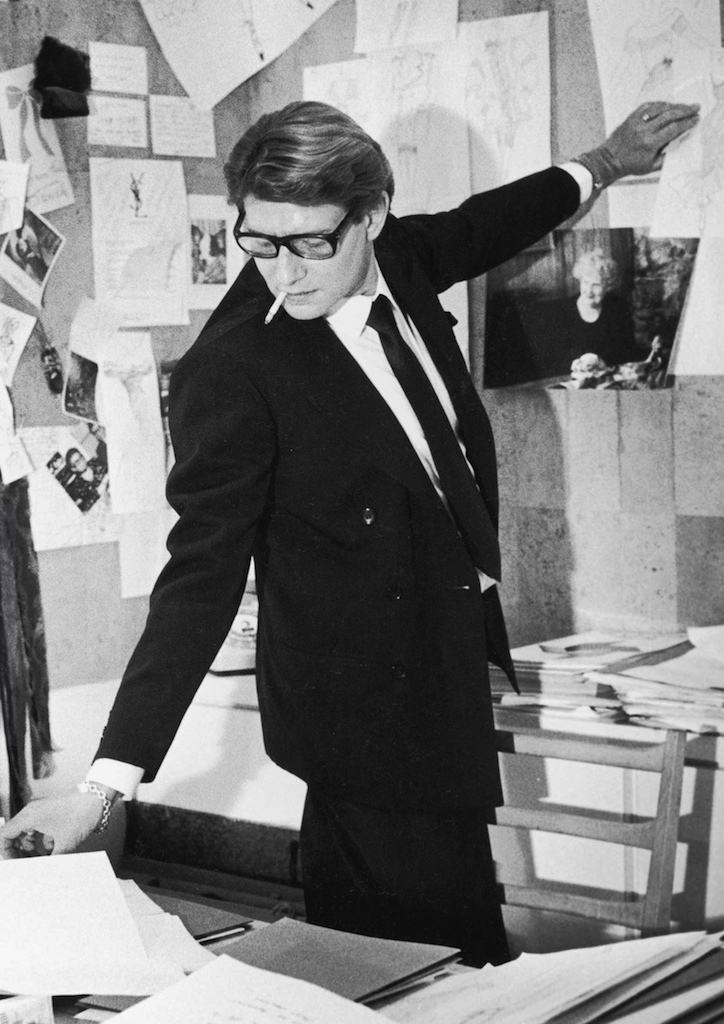
Fashion Stops for War
Saint Laurent’s first collection as the head designer for the House of Dior was met with praise and fame. He designed the “trapeze dress” which brought him into international attention. In addition, he edited Dior’s famous New Look of 1947, making it softer in form and silhouette. His clientele also became more high profile. The most notable during this time was Empress Farah of Iran (styled Queen of Iran at the time), who commissioned her wedding gown from the 21-year-old newbie. Despite soaring success in the early years, Saint Laurent’s 1960 season is often considered a disaster. The owners of the fashion house terminated his contact when he was drafted to join the French army to fight in the Algerian war of 1960.
Shell shocked and traumatized from the hazing of his fellow soldiers, Saint Laurent fell into drug use. He cites that his time in the army led to his deteriorating health and use of narcotics. Particularly, a stint in a hospital where he was introduced to prescription drugs for the first time. When he returned home to Paris, things turned ugly with the owners of the House of Dior. He sued his former employers for breach of contract, which was later settled for £48,000. Pierre Bergé, Saint Laurent’s lover, proposed that the designer branch out and build his own maison. They sought out another investor, American billionaire J. Mack Robinson, to come in with more money. Together, the three launched Yves Saint Laurent YSL.
RELATED READS: The Mad Genius of Cristóbal Balenciaga
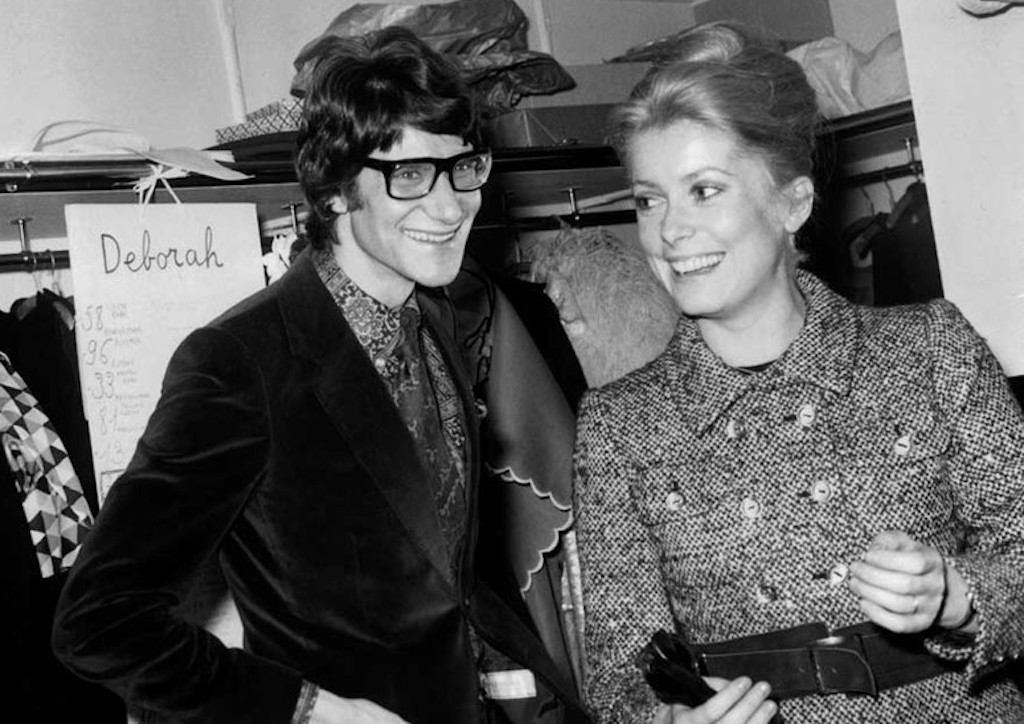

The House of YSL
Under the YSL brand, the designer soared to new heights. He was made waves with his modern styles often categorized as “beatnik” looks, which often started trends amongst his contemporaries. Safari jackets and tight trousers became a YSL signature look. 1965 marked the release of his popular Mondrian collection, which paid tribute to several modernistic artists. Named after painter Piet Mondrian, the collection’s centerpiece were six cocktail dresses incorporating the artist’s iconic color block work. Saint Laurent also had a knack for reinventing classic styles from the 1920s, 30s and 40s. Some of which caused controversy. For instance, his 1971 collection was criticized for romanticizing Nazi fashion during the occupation of France. However, he continued to remain relevant all the way through his death, continuously bringing fashion forward ideas to the industry.
One of his largest contributions to fashion were tuxedos for women. 1966’s Le Smoking look was the first of its kind. Using menswear materials, Saint Laurent made the tuxedo more feminine and fitting for the woman’s from. He is also credited as the first couturier to create a ready to wear line, which remains to be popular amongst fans of the YSL brand.
RELATED READS: Hubert de Givenchy and Audrey Hepburn: A Love Story

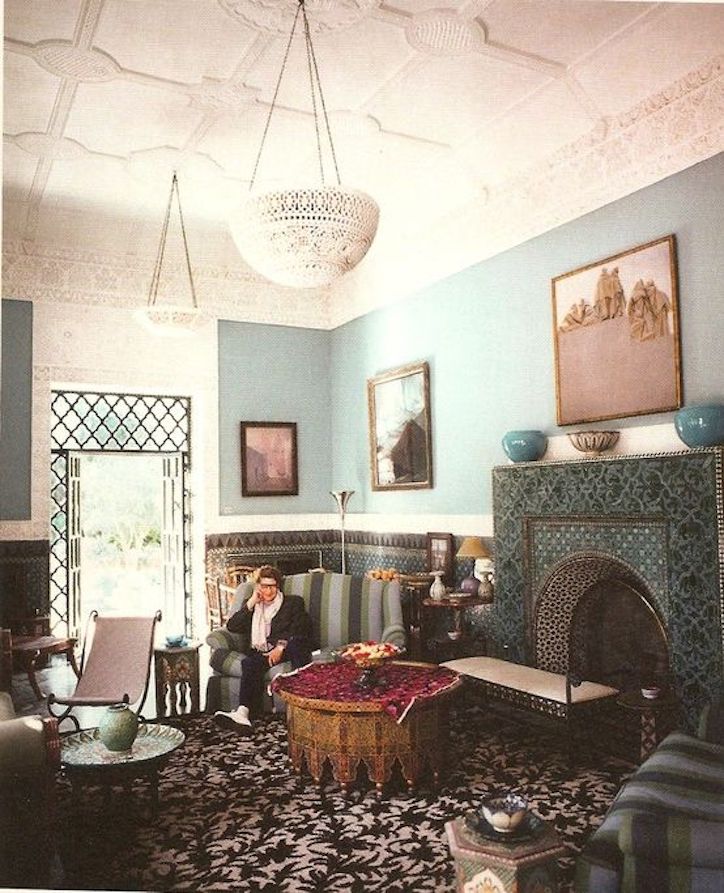
The Church of YSL
During the height of his fame, Yves Saint Laurent was a staple of night life culture. He was often spotted at the infamous Studio 54 night club, partying with the likes of Liza Minnelli and Halston. Many in the fashion world complained of his cocaine addiction and partying, stating it affected the quality of his work. He occasionally found himself slipping away from the good graces of the industry because of this behavior. However, Saint Laurent lived up to his name, always finding time to re-invent himself and surprise his critics. Although his ready to wear collection was declining, he found a resurgence in couture from the 1980s to 1990s, with some of his most loyal clients being French superstar Catharine Deneuve and Somalian model Iman.
In 1983, Saint Laurent became the first living fashion designer to have a solo exhibition at the Metropolitan Museum of Art. Almost twenty years later, he was named Commander of the Légion d’Honneur. By 2002, Saint Laurent decided to retire for good. He sold his shares of YSL and lived a life of seclusion at his Marrakech-based mansion called Villa Oasis, today a popular destination for fans on fashion pilgrimages. Luxury travelers afforded the opportunity to visit the designer’s Morocco home are often found breathless with its majesty. Saint Laurent designed and found inspiration amongst its tiled floors, art filled walls, lush greenery and blue hues for many of the collections he designed. The mansion feels almost like the Church of YSL—a shrine built for a god or patron saint of fashion.
Yves Saint Laurent passed away from brain cancer in 2008 in Paris, France. Despite leaving the earth, he has left a legacy that continues to rock the fashion world. A year after his death, Forbes named him one of the highest earning deceased celebrities, with a net worth of $500 million.





